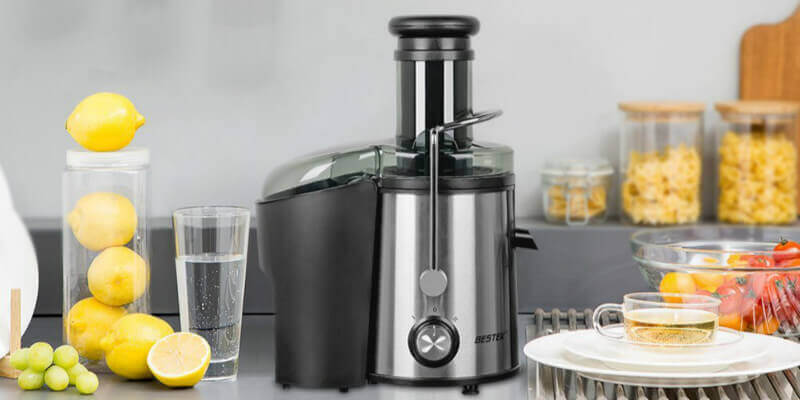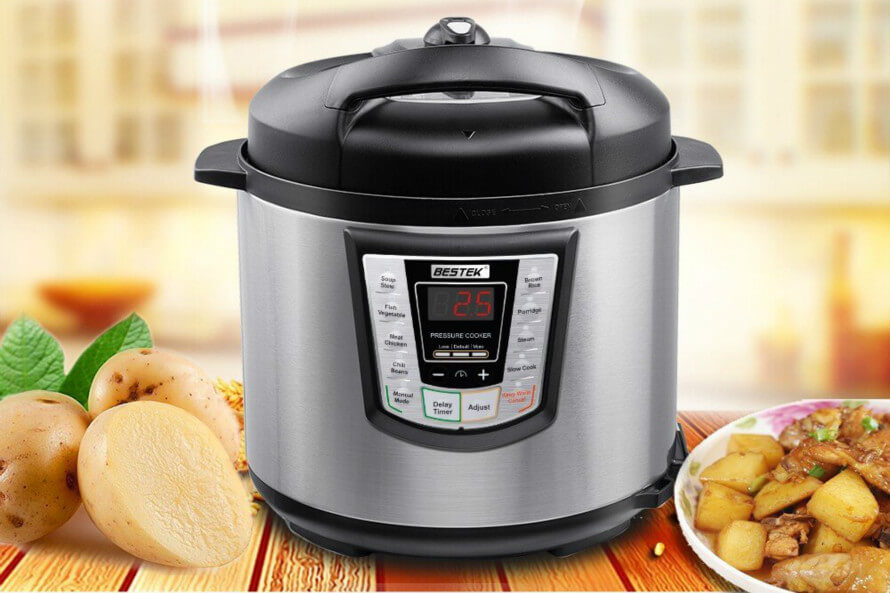Do you like reading at night? Or do you often tell stories to your kids before going to bed? If so, you need a reading light, not only for light source, but for eyes protection. There are many kinds of reading lights for options. How to choose a light that the light is soft and stable becomes a question. We did a research on it and different people gave different suggestions. Here are the answers as references for you and you can make the right choice according to the reality. People who are expertized in optical knowledge can put forward professional suggestions which may be much appreciated.
Answer one: lampshade and best light source
First, the reading light should have a lampshade that can focus light. The light should be focused on the books, or you may feel discomfort of your eyes. Second, the best light sources are halogen light and incandescent light because the two light sources have full spectrums. But the two traditional lights are not energy-saving and easier to heat up. If there is no air conditioner, you may feel hotter. You can, however, choose one which can adjust lights with several modes.
Answer two: pay attention to color temperature
Color temperature is the temperature of the luminary. There are different colors, among which the Lights with moderate 4000~4600K colors are soft and a little amber, and are more suitable for reading. 4700 to 5500K is a little higher that the light may simulate your eyes. The sunlight at dusk is too amber and has low color temperature with 2000K to 3000K. While at noon, the sunlight can reach to 7000K which is dazzling. Therefore, the light that can really protect your eyes should be much closer to natural light. The LED light is popular as an eye-protective light because it has wider color range but no strobe. But few people know that LED lights have narrow chromatography and strong blue ray. If the blue ray is too strong, it is not good for your eyes.
Answer three: choose a light that meets the following standards
No matter what kind of desk lights you want to choose, halogen or LED, the more standards the lights can reach, the better the light is.
1. National level: USA (UL/FCC/ETL/EnergySar); EU (CE/ENEC); Besides, the certification should be within validity.
2. Warm white light: in view of visual physiology, warm white light with 3200K to 3400K accords better with the need of human eyes.
3. Keep a view on the light: lights should not be point-blank or reflecting which can cause dazzles. You can take a simple test: check whether you can see the point-blank light or the reflecting light by looking at the lamp shade with 400mm height above the table and 600mm away the light source. If you can’t see the lights, then it is a good reading light.
4. Check the illumination intensity: it is the best visual light environment that the light center 400mm above the table comes with a 750 to 1000 Lx illuminance.
5. Simple tests of definition and reducibility: palm up under the table light with 30cm and check your palm lines. If lines are clear, that means the light has good definition and reducibility.
6. Lumens: table lights for studying should have at least 750Lx when put 400mm above the table. Besides, the light should be adjustable and flexible for multi-purposes like reading, painting, computing, etc.
Answer three: choose lights as you need
If you don’t that mind the power, then halogen is better. If you want to save power, then choose an energy-saving light but you’d better choose a reliable brand. Some small manufacturers use halogen powder phosphor that has less than 70 color rendering index. If you want a light that is high-end, energy-saving with long life and advanced light source, then you can choose LED light, but also choose the famous brand. Here are pros and cons of the main light types in the market for your reference.
1. Incandescent light
Pros: good color rendering index;
Cons: high power consumption, low photoelectric conversion, short life, contains IR & UV
2. Energy-saving light:
Pros: high light effect, >80 CRI,
Cons: contains mercury vapor, not environmental friendly
3. LED light:
Pros: small, no strobe, no UV, high light effect, higher quality LED chip, >80 CRI, long lifespan
Cons: no stable market, many inferior chips
There are multi types of desk lights for you to choose. Different lights have their own pros and cons. Compare more and know more, then choose a suitable one for you.






.jpg)










